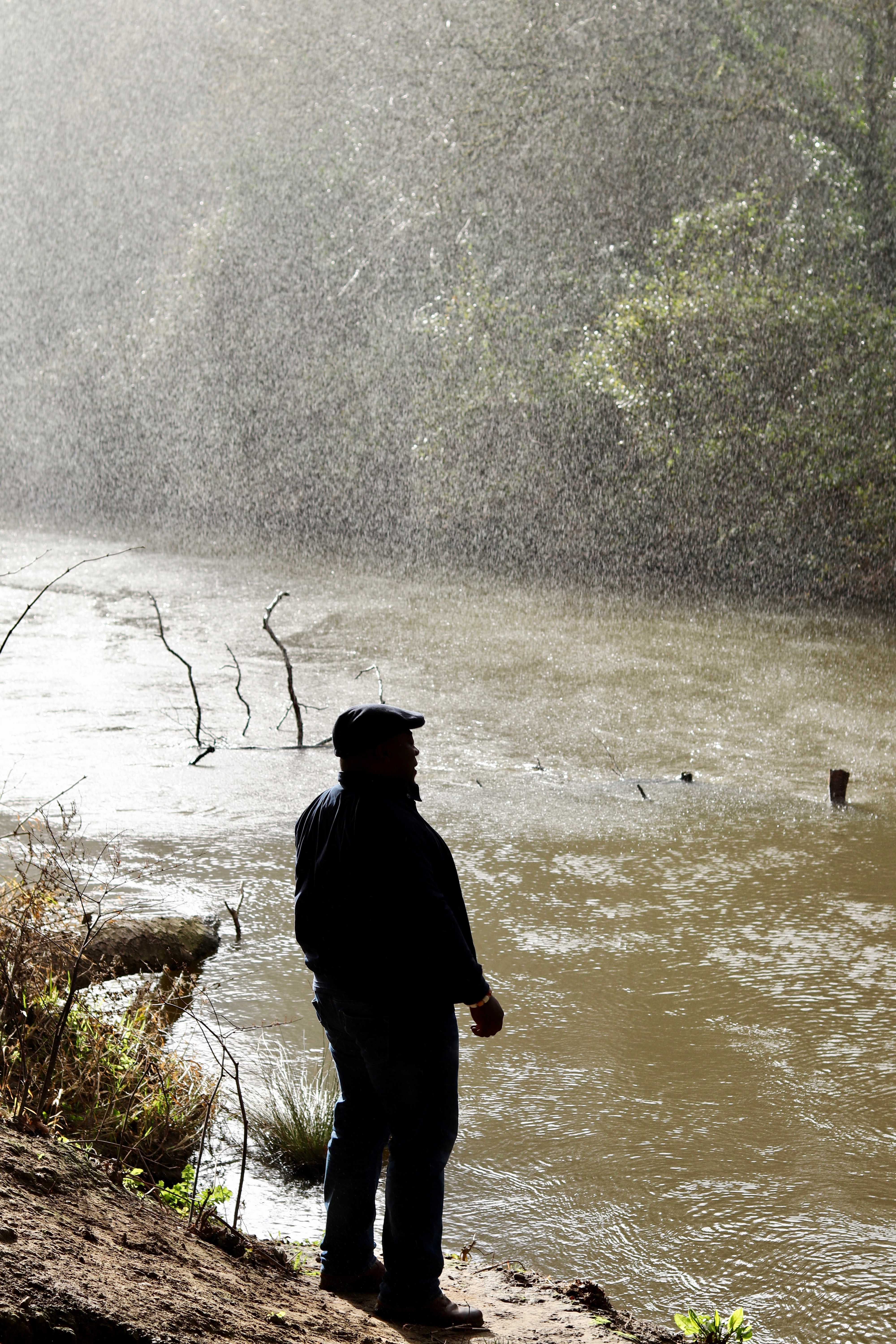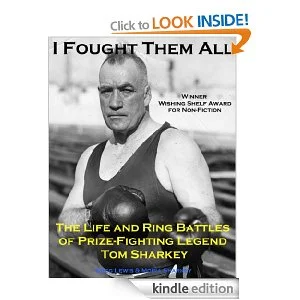Arrived at a sheltered accommodation complex for older people yesterday. It was all a bit drab outside, but clean and brightly-painted in the hallways, and a very friendly resident who was returning with his food shopping helped me find the door number I was searching for.
The one-bedroom flat was friendly, tidy and smart, apart from a small dresser crammed with ornaments, notes and photos – a long lifetime of memories.
The man living there was straight-backed, smiling, delighted to sit and talk from his favourite chair. In two months time he’ll be 100-years-old. His name is Richard.

I knew he had a remarkable story to tell, knew he was a Normandy veteran, but I wasn’t prepared for what he told me. A stone mason by trade, he’d been sent to the Royal Engineers and then to Scotland to help build sections of a Mulberry Harbour, one of two portable, temporary harbours to be used during the invasion of Normandy.
Richard, also, it turned out, landed on ‘Juno Beach’ early on the morning of June 6, 1944, BEFORE the main D-Day invasion force.
His job was to help clear mines and obstacles on the beach to allow the landing craft to reach the sand.
It was wonderful to spend a couple of hours in his company. It’s the latest interview I’ve done with veterans over about 20 years. Together with my friend, Hugh Morgan, I’m collecting these memories for a book to be published in time for the 80th anniversary of D-Day next year. Hugh has dozens of interviews collected over three decades or more.
I’ve been busy transcribing my interviews over the past week. The man who witnessed the sinking of the Lancastria in 1940 (in which thousands were killed) AND was one of the first liberators of Belsen. The TA sergeant who ended up in North Africa, commanding a gun in the 1000-gun barrage which started El Alamein. He was later at Salerno and Cassino.
Often, these memories become very personal, not about the ‘shooting’ war but the one that plays out in people’s heads. The sergeant talked about the friends who became alcoholics after the war and three men he knew who took their own lives in the years after. Not frontline soldiers, but a few miles behind. Working on the supply line, for instance. “But the sound of battle, imagining what was happening to us, was worse [for them] than being there,” he said.
When I was talking to another veteran, a group of young people walked past the window of his house.
“They wouldn’t imagine the memories you have,” I said.
“They wouldn’t have the opportunity – and I hope to goodness they never do,” he replied.











